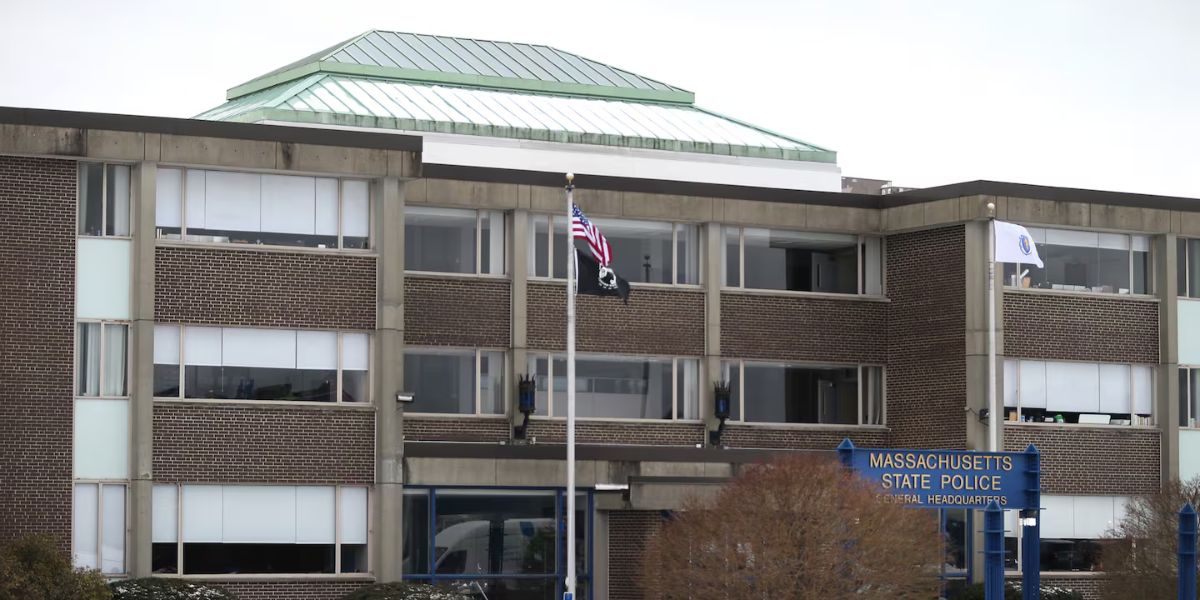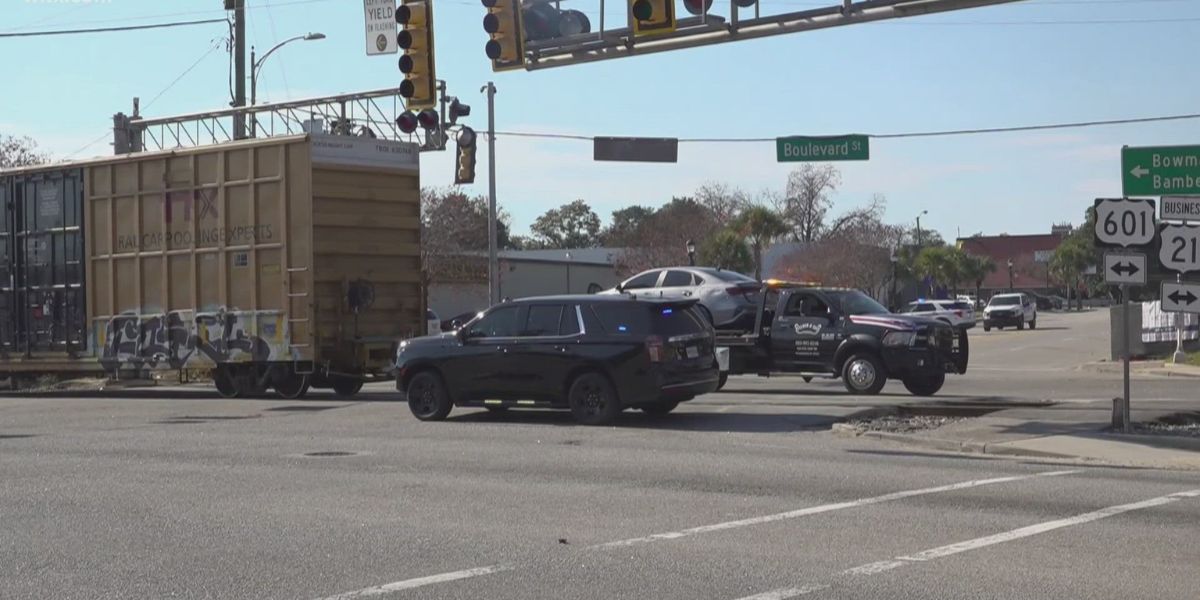Starting this year, about 300,000 Social Security beneficiaries will soon see their monthly checks increase by up to $1,000.
This surge follows the implementation of the Social Security Fairness Act, which went into effect in January 2025 and removed two deductions that had long reduced payments for many public sector workers.
Now, the Social Security Administration is wrapping up adjustments to ensure every eligible retiree gets a fair, updated benefit.
What Is the Social Security Fairness Act?
The Social Security Fairness Act repeals two rules—the Windfall Elimination Provision (WEP) and the Government Pension Offset (GPO). Under WEP, people who worked in jobs where they did not pay Social Security payroll taxes (for example, certain teachers, law enforcement officers, and federal civil service employees) saw their earned Social Security retirement benefits cut.
GPO reduced spousal or survivor benefits for those same workers when they received a public pension. By eliminating these offsets, Congress restored full benefit eligibility to roughly 3 million public sector retirees, ensuring their pensions do not unfairly reduce Social Security payments.
How Many Adjustments Are Pending?
As of early June 2025, the SSA reports that 91% of the nearly 3 million affected cases have already been processed. That leaves about 300,000 complex files still pending review.
These unprocessed cases typically involve unique circumstances that automated systems cannot handle, such as recently deceased beneficiaries whose lump-sum back payments must go to survivors or retirees juggling multiple pension sources.
SSA hopes to finalize all outstanding cases by early November 2025, so that no one is left waiting too long for their revised benefits.
Who Stands to Gain Up to $1,000?
Benefit increases vary widely based on individual work histories, pension types, and past earnings. According to the Congressional Budget Office and SSA estimates, monthly payment bumps could range from as little as $360 to as much as $1,190 per person.
Those seeing above-$1,000 increases are generally public sector retirees whose former employment history triggered significant WEP or GPO deductions before the law changed. For many, this raise finally restores decades of reduced benefits.
Retroactive Lump-Sum Payments
In addition to higher monthly checks, eligible retirees will receive retroactive lump-sum payments dating back to January 2024.
Once SSA completes processing a case, the retroactive amount is paid in a single deposit, followed by the permanently increased monthly benefit starting with the next payment cycle. By processing retroactive sums and monthly boosts together, SSA has streamlined the catch-up process for most beneficiaries.
Who Qualifies for These Benefits?

Qualification under the new law is limited to public employees who lacked Social Security payroll deductions during certain parts of their careers. Classic examples include:
- Teachers in some state-run schools and colleges are not covered by Social Security
- Firefighters and police officers under municipal pension systems
- Federal civil servants are enrolled under the Civil Service Retirement System (CSRS) rather than the Federal Employees Retirement System (FERS)
Approximately 2.8 million individuals had previously seen reduced benefits due to WEP or GPO; with the law’s repeal, nearly everyone in that group stands to regain part or all of their withheld benefits.
Why Have 300,000 Cases Remained Unprocessed?
While SSA’s automation handled about 2.7 million adjustments, the last 300,000 cases often involve complicated details requiring manual review:
- Deceased retirees whose lump sums must be routed through probate or to surviving spouses
- Overpayment situations where past benefits exceeded what should have been paid under old rules—SSA must reconcile and potentially recover those excess amounts
- New applicants who only recently realized they qualify under the new law and whose paperwork is still being filed and verified
SSA personnel, in some cases working overtime, are tackling these files by hand. This has, however, stretched resources thin and created moderate delays in related SSA services like direct deposit updates or new claims under other programs.
Timeline and SSA’s Commitments:
SSA Commissioner Frank Bisignano told lawmakers in mid-2025 that the agency would finish all Social Security Fairness Act changes “while the weather is warm,” aiming for early November 2025 completion.
SSA initially warned that some cases could take “a year or more” to process, but improvements to automated systems have sped things up. Still, the agency cautions that “complex cases”—particularly those requiring legal or financial verification—may push that timeline for a smaller subset.
What Does This Mean for Retirees?
For the retirees now awaiting enhanced checks, the adjustments may come as welcome relief amid rising living costs. Many rely on Social Security as their primary source of income, especially now, when inflation remains higher than pre-pandemic levels.
While general Cost-of-Living Adjustments (COLA) added about 2.5% to benefits in 2025, this extra $360–$1,190 monthly boost under the Fairness Act can make a significant difference for families that budget tightly.
Budgetary Impact and Broader Context
The Congressional Budget Office pegs the overall cost of the Social Security Fairness Act at around $200 billion over 10 years. Critics warn this could strain the Social Security trust fund, which is already projected to cover only 83% of scheduled benefits by 2035 under current revenue trends.
Others argue that the moral imperative to restore promised benefits for workers who never paid payroll taxes outweighs budget fears. Meanwhile, some beneficiaries worry about potential future cuts if the trust fund’s shortfall accelerates.
Other Recent SSA Changes:
Aside from the Fairness Act, the SSA rolled out a 2.5% COLA in January 2025. This adjustment raised the average monthly check by about $50 for most retirees, reflecting rising consumer prices for essentials like food and fuel.
The payroll tax cap also rose to $176,100, meaning higher earners will pay more into the system. In February and March 2025, SSA began issuing retroactive payments to 3.2 million public sector retirees, all part of the broader push to address fairness and financial sustainability within the program.
What Should Beneficiaries Do Now?
Retirees expecting a bump should:
- Monitor their Social Security online account for status updates on back pay and monthly benefit changes.
- Verify direct deposit information so lump sums and new checks reach their bank without delay.
- Review annual benefit statements mailed out last December to confirm eligibility and payment estimates for 2025.
- Contact SSA’s helpline (1-800-772-1213) if their retroactive payment has not arrived by late March or April to resolve any pending issues.
By staying informed, beneficiaries can reduce surprises and ensure they receive all funds due to them.
Looking Ahead
The Social Security Fairness Act marks the most significant expansion of benefits in years. For the 300,000 still awaiting their final calculations, an extra $1,000 a month could be life-changing.
As SSA finalizes those complex cases by November 2025, millions of public sector retirees will finally enjoy a measure of long-promised justice in their Social Security checks.
Beneficiaries—and taxpayers—will be watching closely to see how swiftly SSA can finish its work and how Congress balances program costs with long-term solvency needs.






